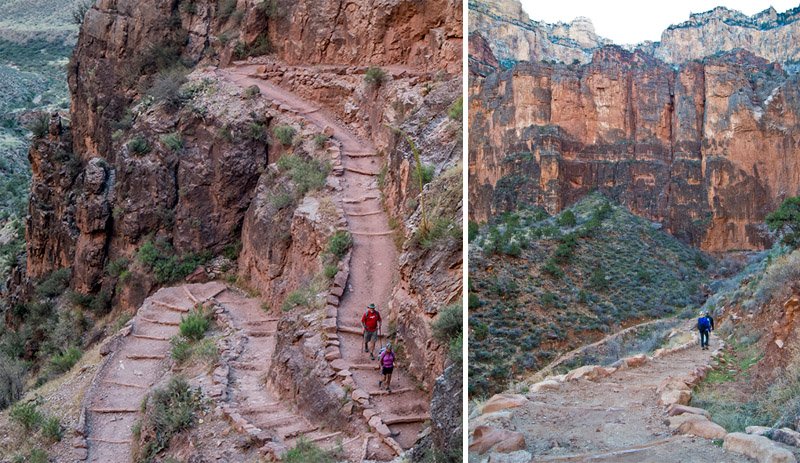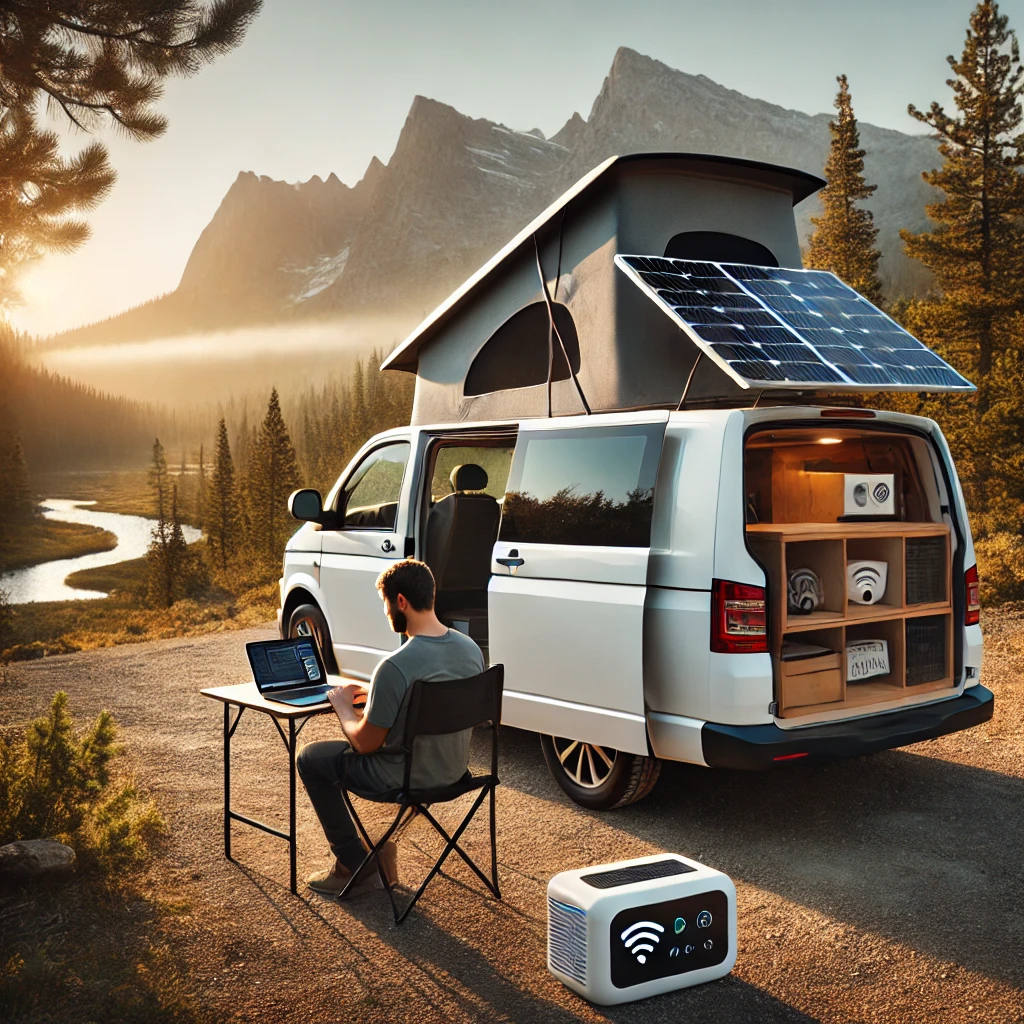
The Grand Canyon, one of the most awe-inspiring natural wonders of the world, offers countless opportunities for adventure. One of the most popular hikes in this majestic landscape is the Bright Angel Trail. This trail is not only rich in history but also provides breathtaking views of the canyon’s intricate layers and stunning vistas.
The Journey Begins
Starting at the South Rim, the Bright Angel Trail is a well-maintained path that immediately immerses you in the grandeur of the canyon. The descent is gradual, making it accessible for both novice and experienced hikers. As you begin your hike, you’ll be greeted by the towering walls of the canyon, each layer telling a story of millions of years of geological history.
The trail is shaded in parts, providing some relief from the desert sun, especially if you start early in the morning. Along the way, you’ll encounter mule trains carrying supplies and tourists—a reminder of the trail’s historical significance. The switchbacks can be challenging, but the incredible views at every turn make the effort worthwhile.
The Historic Significance of Bright Angel Trail
The Bright Angel Trail is not just a path through a natural wonder; it is a journey through history. Originally used by the Havasupai people for centuries, the trail was later developed by prospectors and pioneers in the 19th century. The trail we hike today was improved and maintained by the Santa Fe Railway, which also built the Bright Angel Lodge. The mules you’ll see carrying tourists and supplies up and down the trail are a reminder of this rich history, as they have been an integral part of canyon life for over a century.
As you descend, you’ll notice several rest stops along the way, such as the 1.5 Mile Resthouse and the 3 Mile Resthouse, where you can take a break, refill your water, and catch your breath. These resthouses are critical on the way back up, as the return journey can be grueling. The trail is often busy, with hikers from all over the world, each drawn by the allure of the Grand Canyon. Despite the number of people, there are moments of solitude, where it’s just you and the canyon, and the vastness of the landscape makes you feel small yet profoundly connected to the earth.
Reaching Indian Garden
Approximately 4.5 miles into the hike, you’ll arrive at Indian Garden, a lush oasis that offers a stark contrast to the arid canyon surroundings. This is a great spot to rest, refill your water, and enjoy a picnic. The cool shade of the cottonwood trees and the sound of the nearby creek create a peaceful atmosphere, perfect for recharging before continuing your journey.
If you’re feeling adventurous, you can take a short detour to Plateau Point, which offers one of the most spectacular views of the Colorado River far below. The trail to Plateau Point is relatively flat, making it an easy side trip that rewards you with an unobstructed view of the canyon’s vastness.
The Ascent
After taking in the views at Indian Garden or Plateau Point, it’s time to turn around and head back up to the South Rim. This is where the real challenge begins. The hike back up is strenuous, especially under the midday sun. The elevation gain is significant, and the switchbacks that were so easy on the way down now seem much steeper. It’s crucial to pace yourself, take frequent breaks, and stay hydrated. The resthouses along the way are invaluable for this, offering shaded areas to sit, cool off, and refill your water bottles.
As you ascend, you’ll notice how the light changes in the canyon. The shadows grow longer, and the colors of the rocks deepen, creating a dynamic, ever-changing landscape. The climb is tough, but each step brings you closer to the rim and the satisfaction of completing one of the most iconic hikes in the world. As you near the top, the sounds of the canyon fade, replaced by the chatter of tourists and the distant hum of cars, signaling that your journey is coming to an end.
Reaching the South Rim again is a moment of triumph. You’ve conquered not just the physical challenges of the trail but also the mental and emotional hurdles that come with such a demanding hike. The views from the rim, now bathed in the golden light of late afternoon, seem even more spectacular after your journey into the depths of the canyon. It’s a moment to savor, a memory that will stay with you long after you’ve left the Grand Canyon behind.
Essential Hiking Equipment
For this hike, having the right gear is crucial for a safe and enjoyable experience. Here’s a list of hiking equipment that I used, all of which you can find on Amazon:
- Hiking Boots: Salomon X Ultra 3 Mid GTX Hiking Boots – These boots provided excellent support and traction on the rocky terrain.
- Backpack: Osprey Daylite Plus Daypack – Lightweight yet spacious enough to carry all essentials.
- Hydration System: CamelBak Crux 3L Reservoir – Essential for staying hydrated during the long hike.
- Trekking Poles: Black Diamond Trail Trekking Poles – These poles helped with stability, especially on the steep switchbacks.
- Sun Protection: Columbia Bora Bora Booney Hat – Kept me cool and protected from the sun.
- First Aid Kit: Adventure Medical Kits Ultralight/Watertight .7 – A compact first aid kit that’s perfect for hiking.
- Snacks: Clif Bar Energy Bars – Provided much-needed energy during the hike.
Thank You!
Thank you for joining me on this virtual hike along the Bright Angel Trail. If you’re planning your own Grand Canyon adventure, I hope this guide helps you prepare for an unforgettable experience. Don’t forget to check out the home page of Chillax Outdoors for more tips, gear recommendations, and outdoor inspiration. Happy hiking!


